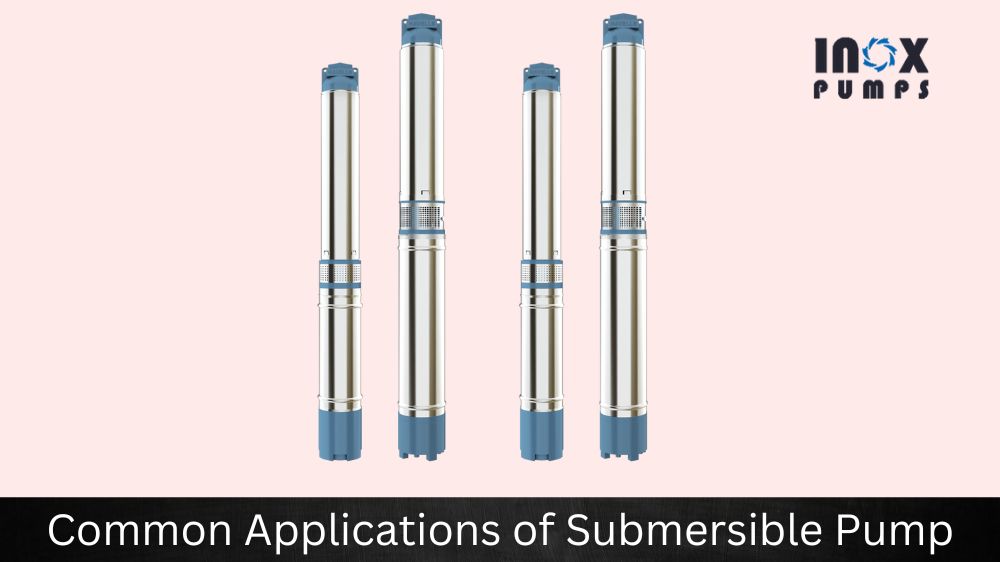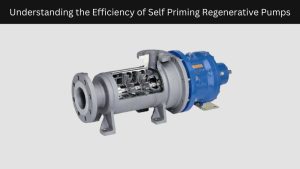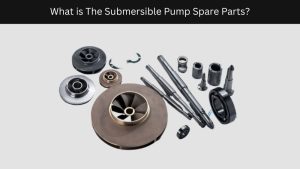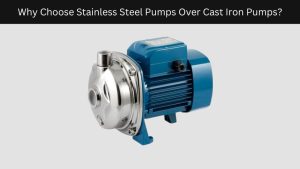When it comes to pumping water submersible pumps are highly preferred due to their efficiency and ease of use. Typically, submersible pumps sit below the water level and push water upwards, making them ideal for various applications. In this blog post, we’ll discuss the most common applications of submersible pumps, how they work, and what benefits they offer.
What is Submersible Pump?
A submersible pump is a device that can be submerged in water and pump out liquid. It typically consists of an electric motor, a water-tight seal, impellers, diffusers, and other components. These pumps are designed for both low-volume shallow wells and high-capacity deep wells. They are made with corrosion-resistant stainless steel or plastic materials to work efficiently even under harsh environmental conditions. Submersible pumps have various applications, including pumping out floodwater, irrigation, and drainage systems.
Applications of Submersible Pump
Domestic Water Supply
Submersible pumps are commonly used in domestic water supply systems to move water from underground wells to your home. These pumps are designed to operate quietly and efficiently, making them a popular choice for rural areas without access to municipal water supplies. With submersible pumps, you can enjoy reliable water supply services that are efficient, affordable, and environmentally friendly.
Irrigation Systems
Submersible pumps are also an excellent choice for agricultural applications, especially irrigation systems. These pumps can handle pumping water over long distances and can be used with other pumps to increase water pressure. Irrigation systems that utilize submersible pumps are popular for their ease of installation, low noise levels, and energy efficiency.
Mining
In the mining industry, submersible pumps are used in underground and open-pit mines to pump water out of the mine pits. These pumps are designed to handle highly abrasive slurry water and transfer it to the surface for treatment. Submersible pumps for mining applications come in various sizes, ranging from small pumps for individual use to large installations that can handle hundreds of thousands of litres per hour.
Aquariums and Water Features
Submersible pumps are also widely used in aquariums and other water features for circulating, filtering, and oxygenating water. These pumps are available in various sizes, and their low noise level makes them a popular choice for installations in areas such as homes or offices where noise pollution is a significant concern. Submersible pumps for aquariums and water features are easy to install, maintain, and operate.
Sewage Treatment
Submersible pumps are used in sewage treatment plants to pump sewage and wastewater from one place to another. These pumps are designed to handle wastewater and sewage and are reliable for continuous operation even in harsh environments. Submersible pumps for sewage treatment come in different types and sizes, depending on the application’s specific needs.
Conclusion:
Submersible pumps are widely used in various applications due to their reliability, energy efficiency, and ease of use. Whether you need to pump water from a well or treat sewage in a plant, a submersible pump meets your needs. By understanding the most common applications of submersible pumps, you can decide on the best pump for your needs. So, what are you waiting for? Invest in the right submersible pump today and enjoy the benefits of reliable and efficient water supply services!






